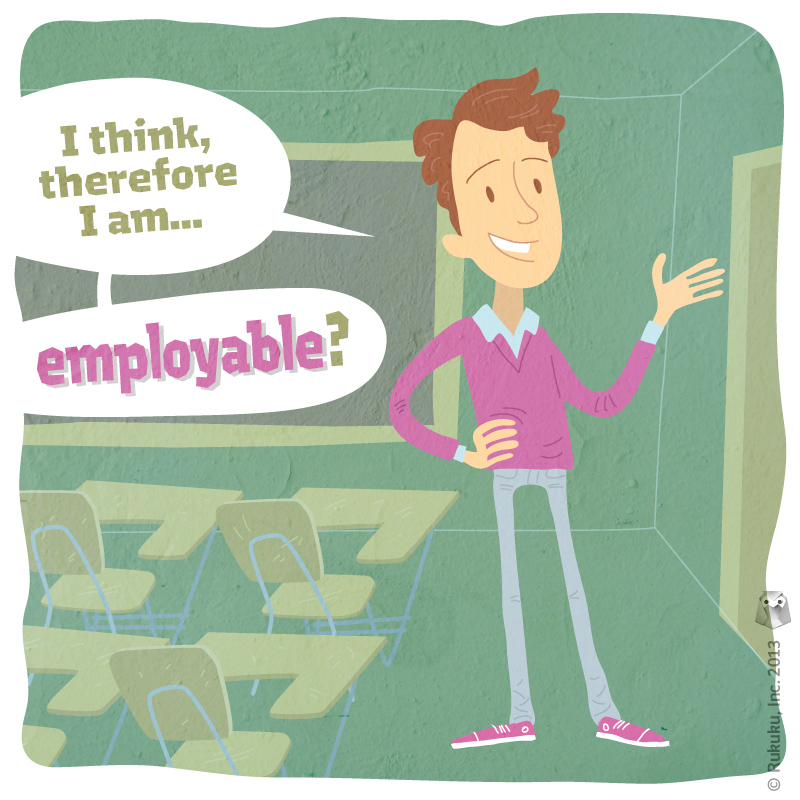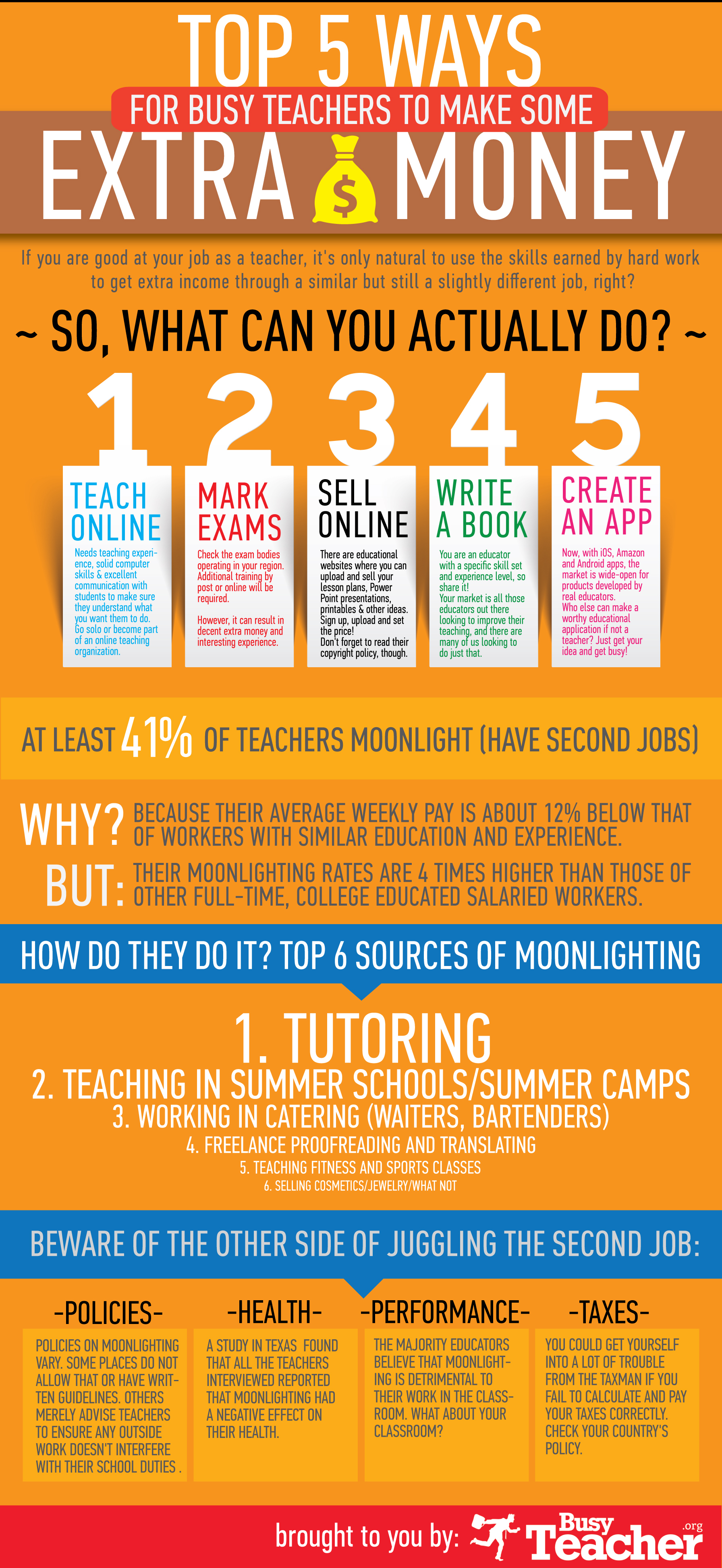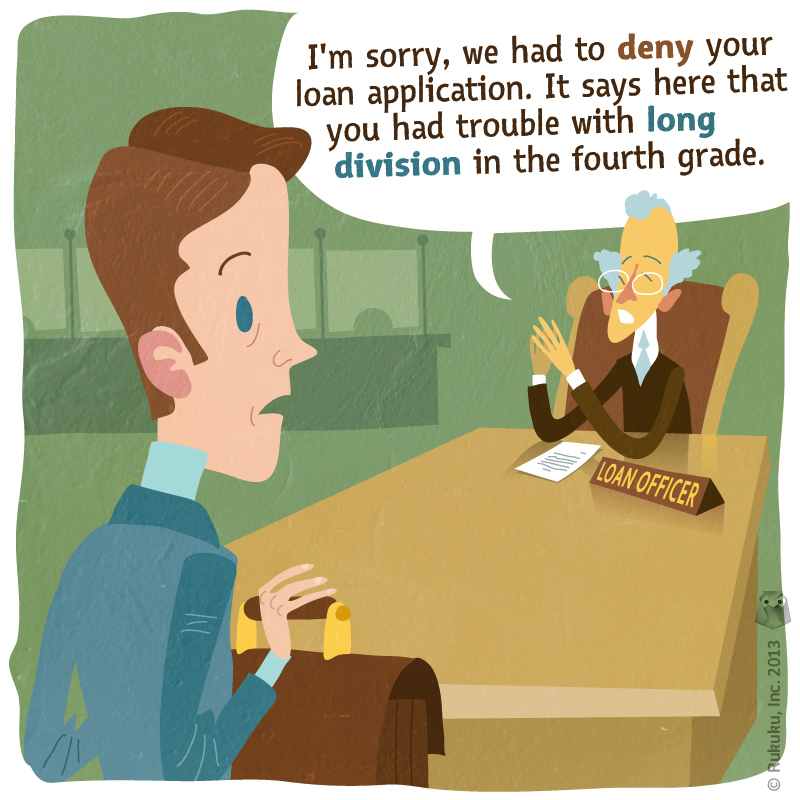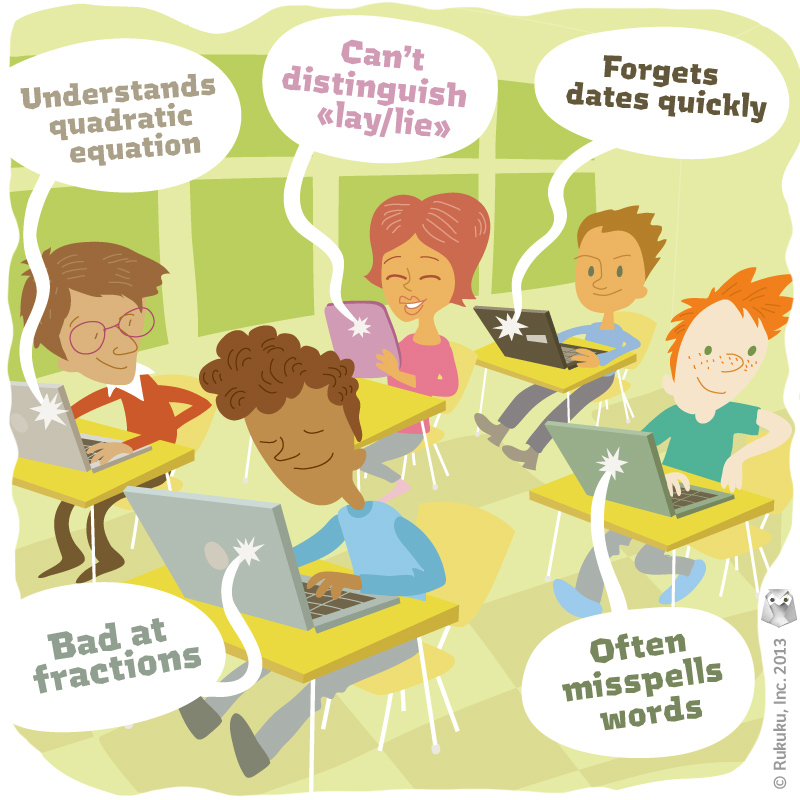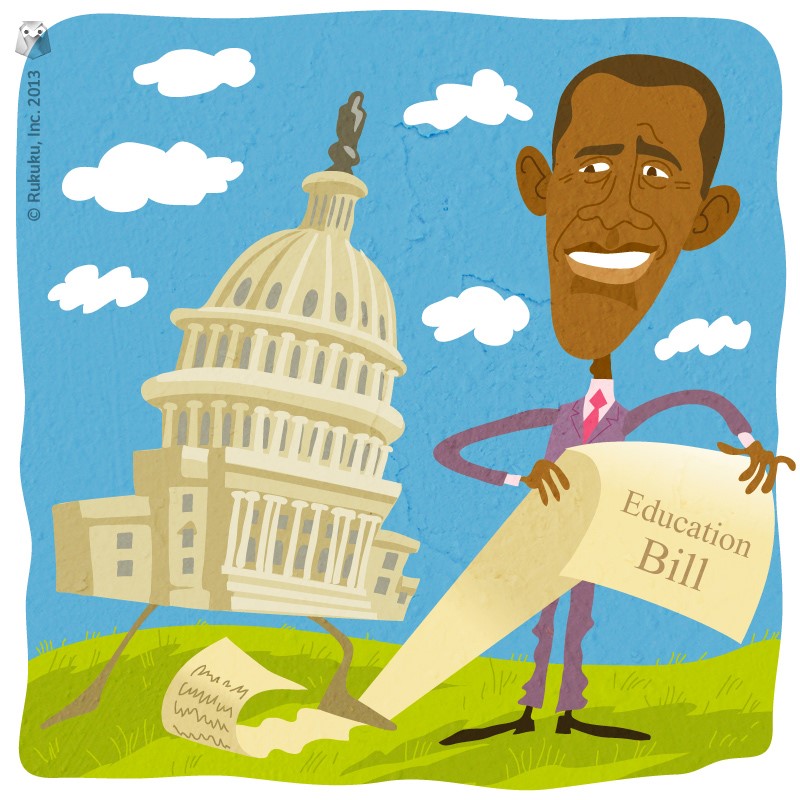We’ve talked a lot in our blog about the rising costs of college and deepening student debt. But we have not discussed ways in which students might avoid those debts through scholarships. I realized this as I read through this article earlier this week about a girl that applied for over 100 scholarships. Her lessons from the process – stay organized, apply early, and recycle essays and recommendation letters, among other tips.
After reading about this, I thought I’d look up a few scholarships, just to see what I might recommend to someone getting ready to attend college. I found some cool stuff. For example, did you know that you can win scholarships for devising a zombie apocalypse plan, wearing Duck Tape to prom, or coming up with a new peanut butter sandwich recipe? Sound like fun scholarship applications. Maybe I should go back to school. And to prom.
Beyond these sorts of deals, though, I wanted to offer some serious advice. I found tips plastered all over the internet. The reoccurring themes were apply early, apply often, and apply for everything, whatever the award amounts. That all seems reasonable to me, but it also seems exhausting. I still recommend that you do it, of course.
But I want to recommend one big step first. Many students with good guidance counselors and involved parents will already know this step, but I am amazed by how often people misunderstand the types of scholarships that are available to attend more selective, high-priced schools. I am not talking about scholarships for the best essay, the best test scores, or the best apocalypse plan. I am talking about need-based scholarships.
I think many people don’t realize that once they get into a university, that university will very often offer free money for them to attend. Will they still have loans? Probably. Will they have to work while studying? Again, probably. Will they have to pay something? Yea, of course. Will it be much less than that $100,000+ price tag? Very often the answer is yes.
To qualify for this sort of aid, you need to fill out and submit your Free Application for Federal Student Aid (FAFSA) AND you may need to fill out a College Scholarship Service’s PROFILE form. I put that AND in capital letters because my high school guidance counselor did not even realize that a second form existed. Filling out these forms will require some effort from you and your parents. If you are financially independent, which will be very tough to prove, you can qualify for even more aid.
Is it worth doing all that, just to go to a better school? Absolutely. It will of course look better on your life-long resume, and you will likely have better teachers and smaller class sizes, though no guarantees. Equally important, though, a point often overlooked when choosing colleges, graduation rates are higher at more selective schools. Yea, those schools admit more serious students, but they also tend to offer more support for students in trouble and sometimes a little grade inflation to boot.
One more big point here. You do not have to be below the poverty line or even close to qualify for aid. Schools look at all sorts of factors and then make a determination on the abilities of you and your parents to pay tuition. They generally don’t expect your parents to be broke before OR after paying tuition. Different schools offer different amounts, so explore the options.
Definitely apply for all those crazy scholarships. Apply early, apply often, all that stuff. But first, sit down with your guidance counselor and figure out what forms you need (and double check online, because trust me, they don’t always know.) Then sit down with your parents and get them to fill them out. Those few hours could be the most economically well spent of your life.
As for universities, 61 in the US claim to meet 100% of student financial needs, according to US News. Theoretically, that means they do everything possible to make it financially viable for a student to attend once he or she is accepted. Beyond these, many other schools offer need-based scholarships, often very generous ones.
By giving need-based aid, the schools get some advantages, in terms of tax policies and media rankings, and they may get more advantages once the Obama administration’s new ranking system comes out. This doesn’t mean that universities don’t want or often prefer students that can pay full price. We’ll discuss a few of the strategies they employ on that front next week when we discuss the challenges facing need-based aid.


